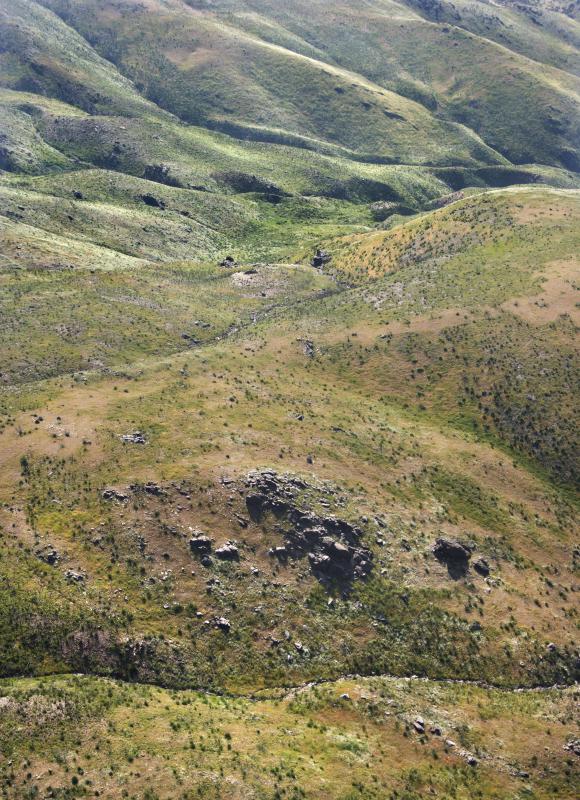At WiseGEEK, we're committed to delivering accurate, trustworthy information. Our expert-authored content is rigorously fact-checked and sourced from credible authorities. Discover how we uphold the highest standards in providing you with reliable knowledge.
What is a Scatterometer?
A scatterometer is a precision measuring device that transmits microwave energy, and reads reflections of light scattered back from a target surface in order to obtain dimensional data. The “backscattered” light can be read as graphical or color plot overlays of the target surface imaging, thus permitting very accurate observations and measurements. This technology is utilized in the laboratory, in the field, and in satellites for numerous scientific, industrial, and military applications. Some uses include measuring oceanic wave heights and flows to determine wind direction and speed for oceanic current analysis and monitoring; additionally, scatterometry can measure topography, global climate and weather events, and the construction of precision microcircuits and nanotechnology.
Scatterometer measurements perform through adverse conditions, replacing inexact technologies that can be thwarted by irregularities from cloud cover to optical equipment flaws. Using microwave pulses provides exact feedback of signal and noise, which provides clear, reliable, and repeatable data collection. The data obtainable from this technology generate new areas of inquiries for scientists in many fields, including maritime industries, where scatterometry provides insights into weather patterns, fisheries, marine safety, and global climate.

Using optical detectors and lasers of differing wavelengths, scatterometers can determine the optical characteristics of surfaces and underlying substrates. Ground-based technology may utilize parabolic reflectors, radio frequency (RF) subsystems, intermediate frequency (IF) electronics, and data acquisition units. Such systems can monitor backscatter data from terrain such as forests, soil, and vegetation.
In manufacturing, the scatterometer is used in the construction of semiconductors that sometimes require measurement at the atomic level. Semiconductors possess many layers that need precision alignment down to the nanometer scale. Metrology, or the study and development of measuring systems, has embraced scatterometry, which outperforms even the imaging overlay technology conducted with powerful microscopes. Rather than overlaying images, engineers scatter varied wavelengths of light across the semiconducting wafers, and measure their bidirectional reflectance using software and algorithms. This allows exact measurements of minute misalignments without depending on irregular microscope optics or operation.
Scatterometer technology permits rapid, non-destructive analysis of materials or surfaces by careful analysis of diffracted light compared to changes in the line shape of a periodic scattering surface. This technology is placed in numerous satellites that monitor uniform radar cross sections, or “swaths," of the globe's surface area. Coupled with mapping technology, communications systems, and other weather or search and rescue services, this permits everything from soil moisture to volcanic events to be clearly displayed in precise dimensional changes.
The bidirectional reflectance distribution function (BRDF) describes the material property of light reflection from real surfaces used in optics, thermodynamics, and computer sciences. Innovations such as the dome scatterometer permit measurement of multiple diffractions at multiple angles of incidence, including light scattered from zenith and azimuth angles. This permits greater sensitivity in reading the scattering structure, allowing for acquiring larger amounts of data in a shorter time.
AS FEATURED ON:
AS FEATURED ON:











Discuss this Article
Post your comments